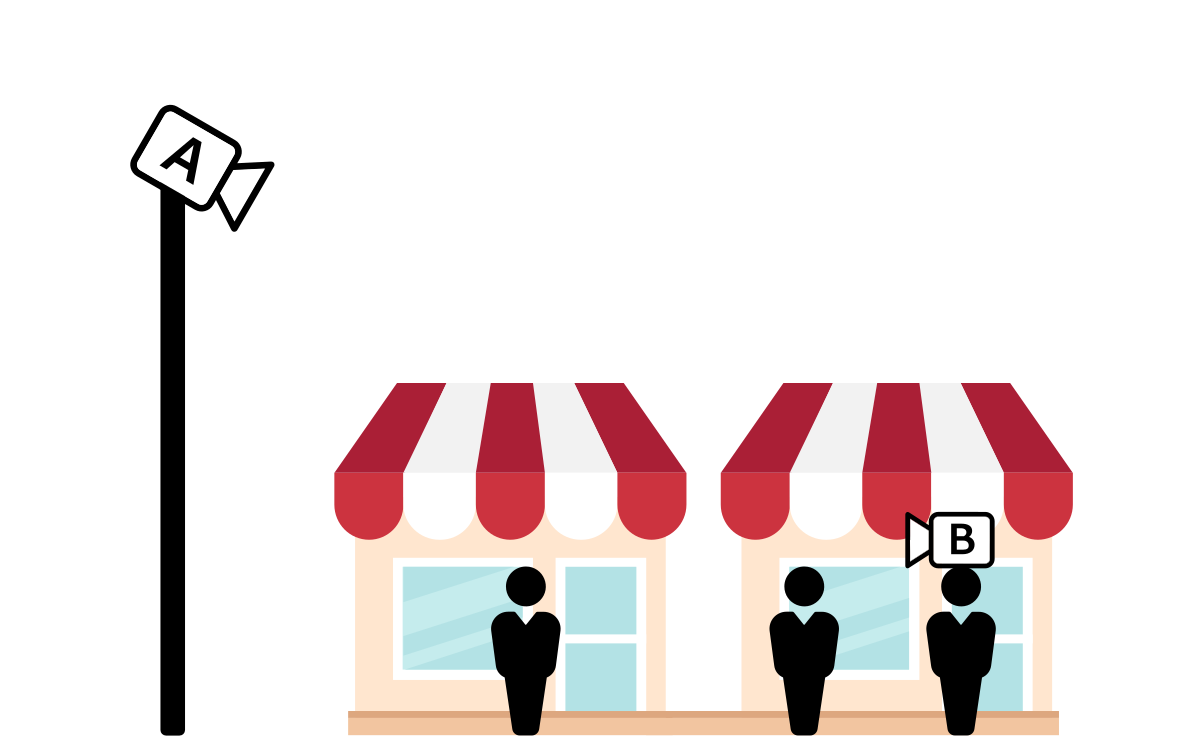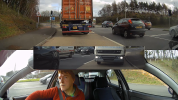nutsey
Well-Known Member
What do you think about it? Is this no-hood-and-no-sky mode in demand by anybody or not? It could add ~25% of bitrate efficiency with no vital image detail loss...
RAW video link
Copy that!I prefer 1920x540, then you can watch both front and rear in full resolution simultaneously on a standard FHD monitor. I've never found that I'm missing anything at that 32:9 aspect ratio, and you gain even more bits per pixel, in fact double the quality for the same bitrate over conventional video.
What do you think about it? Is this no-hood-and-no-sky mode in demand by anybody or not? It could add ~25% of bitrate efficiency with no vital image detail loss...
So which resolutiom do you recommend?The problem with this approach is that there is no indication of the distance between your vehicle and any other car or object out ahead of you. If you are involved in a traffic accident or some other mishap with another vehicle or perhaps with a pedestrian you will be better off, evidentially speaking if you can show the actual impact and nearby circumstances along with the direct consequences. Even capturing a near miss with your vehicle and another could prove vital but would unlikely be captured without your hood/bonnet in the image. Proper souveillance benefits from a point of reference.
So which resolutiom do you recommend?
Sent from my SM-G950F using Tapatalk
Curious - what was the intended spelling of that second word? Or is it a USA spelling for something?Proper souveillance benefits from a point of reference.

Depends on the vehicle, even with 32:9 I still have the very front of my car in the image, and our traffic lights seem to be positioned lower than yours so I also have them in view.My point is that it's good to have at least a small section of your vehicle in the image as a point of reference between your car and the traffic environment you are driving in or to capture the impact of your vehicle with something else.
Curious - what was the intended spelling of that second word? Or is it a USA spelling for something?

Sousveillance - Wikipedia
en.wikipedia.org
Depends on the vehicle, even with 32:9 I still have the very front of my car in the image, and our traffic lights seem to be positioned lower than yours so I also have them in view.

Front of the car is hidden behind the rear camera in that view, here is one I posted a while ago with only front and back. Although front is not 32:9 in this case, there is plenty of height for even the tallest of traffic lights:You are quite right, I guess it would indeed depend on the particular vehicle (or how you aim your camera) but every image you've ever posted using such formats, especially the one you've been posting a lot lately does NOT have "the very front of your car" in the image. Is this a cropped, post processed image? Kindly show us what you are talking about.
Also, time and time again you make assertions and broad generalizations about how things are in the USA. Fact is that the height (and style) of traffic signals can vary widely depending upon where you go, even at times within the same city.
Front of the car is hidden behind the rear camera in that view, here is one I posted a while ago with only front and back. Although front is not 32:9 in this case, there is plenty of height for even the tallest of traffic lights:
Not living there, maybe it is not surprising that I wouldn't know in great detail about things like "the height (and style) of traffic signals can vary widely depending upon where you go, even at times..."! UK traffic lights have a standard set of rules for positioning.
Well then we need a 360 degree view so that the fenders are properly visible, although it is still hard to see any contact unless the camera lens is outside the cabin, or you have a very rectangular car!Well, having the front of your car in the image like that is an improvement in that it establishes a reference for your vehicle, but just barely. With footage like that I would hate to have a vehicle strike me on one of my fenders from either side just outside the field of view, as @SawMaster is talking about. My hunch is that like most members here, you have never been in a situation where you have even been required to provide footage to the authorities, and like many here on DCT your concepts of dash cam capture during an incident are theoretical. Of course, if that is your preference that is what you should go with.
It's not that straightforward. I've just had a quick look through the "Traffic Signs Regulations and General Directions 2016", the DfT "Traffic Signs Manual", and the "Specification for Highway Works - Series 1200". It was no surprise that I did not find a simple diagram showing how high above or to the side of the carriageway each sign or signal should be placed.UK traffic lights have a standard set of rules for positioning.
